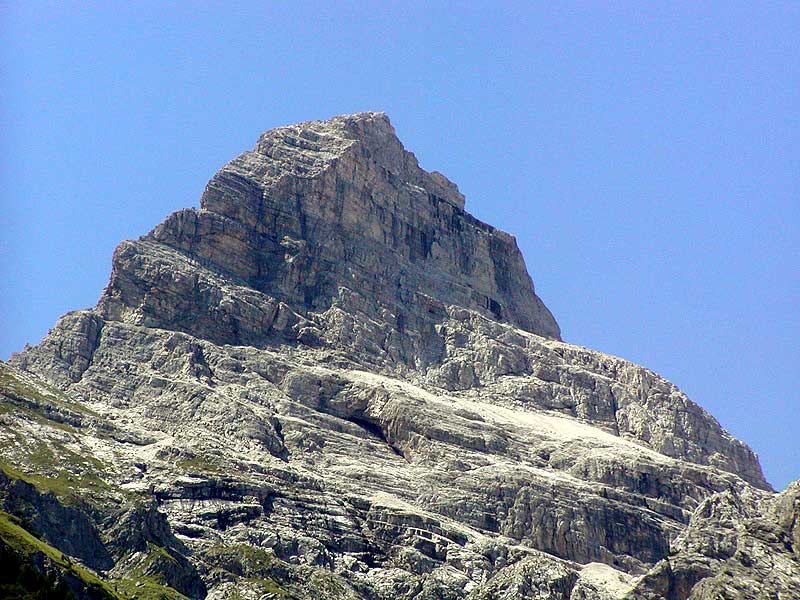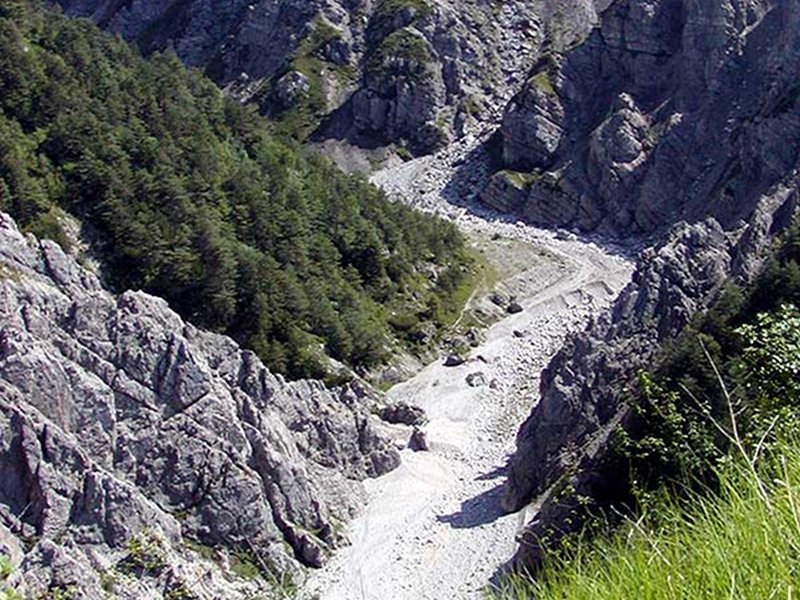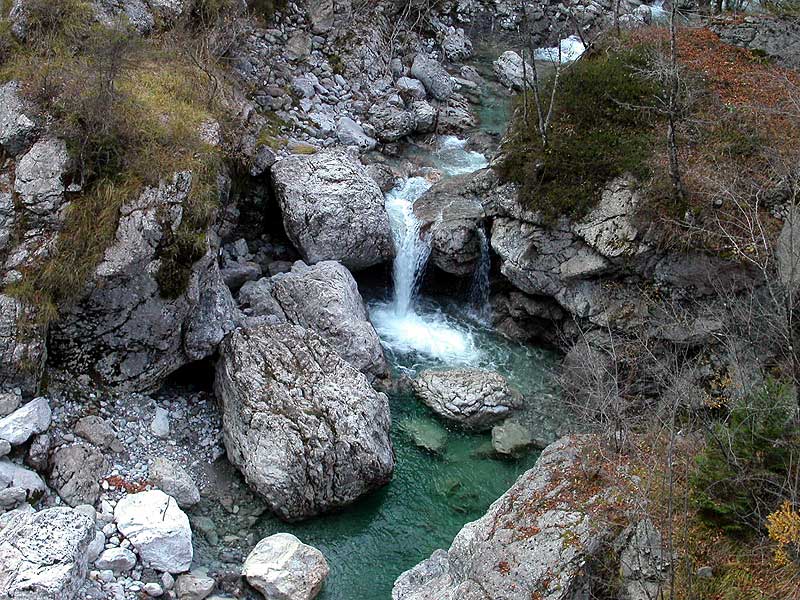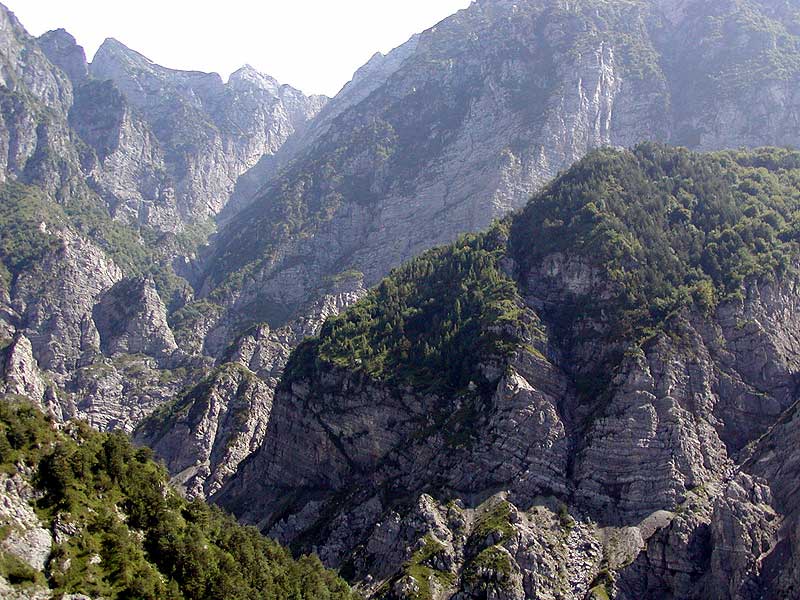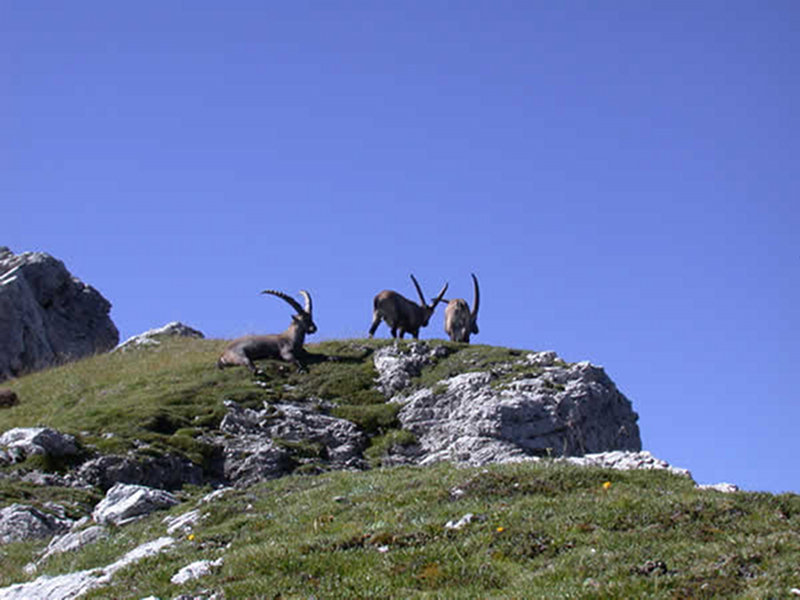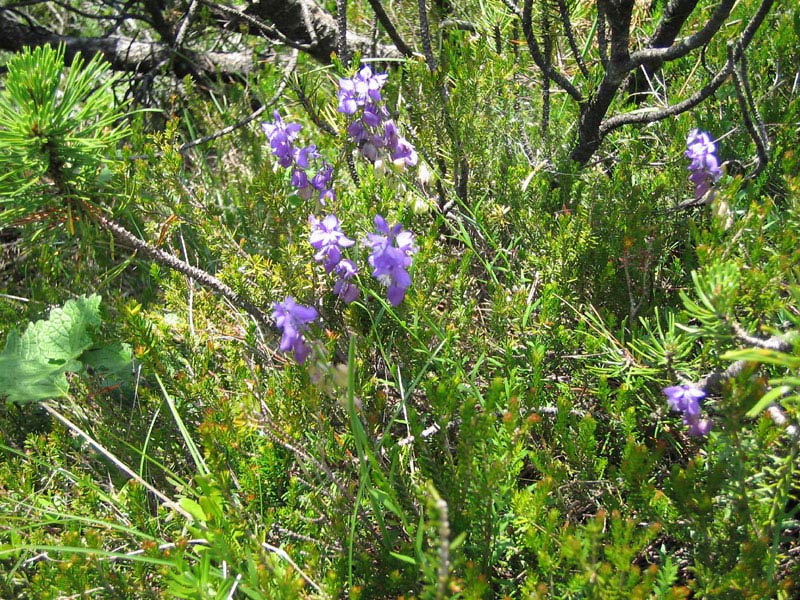Parco Naturale Regionale delle Dolomiti Friulane
www.parcodolomitifriulane.itProtected Area
Identity Card
- Dolomiti Friulane Regional Park:
- Land Surface Area: 36'950.00 ha
- Regions: Friuli Venezia Giulia
- Provinces: Pordenone, Udine
- Municipalities: Andreis, Cimolais, Claut, Erto e Casso, Forni di Sopra, Forni di Sotto, Frisanco, Tramonti di Sopra
- Establishment Measures: LR 42 30/09/1996
- PA Official List: EUAP0962
- Park Authority: Ente Parco Naturale Regionale delle Dolomiti Friulane
- Further managed Protected Areas:
- Further information: www.parcodolomitifriulane.it - www.turismo.fvg.it
- Scientific Data
Dolomiti Friulane Regional Park
Dolomiti Friulane Regional Park
Dolomiti Friulane Regional Park extends from the province of Pordenone to the province of Udine and includes Valcellina (Municipality of Andreis, Cimolais, Claus, Erto, and Casso), the upper Valle del Tagliamento (Forni di Sopra, Forni di sotto), and Val Tramontina (Frisanco and Tramonti di sopra).
The geographical borders of the Park are the upper Valle del Tagliamento in the North and the stream Cellina in the South, Valle del Piave in the West and the Upper valleys on the orographic right side of the stream Meduna in the East. The typical landscape is the one characterizing the Prealpi Orientali with long and narrow valleys.
Monfalconi mountain range, with the Campanile di Val Montanaia (Val Montanaia Bell Tower), the high-altitude grasslands of "Campoross", the pastures of Malga Senons, and the quietness of the Canal of Meduna are the distinctive features of this Park.
The particular orography of the territory has created quite an hostile environment and has therefore limited the impact of the human presence; at the same time, the local population has guaranteed the natural preservation of the Park.
Since there are no easily accessible roads nor inhabited centers within the Park, this area is characterized by a high degree of wilderness which is rather difficult to find in other areas of the whole Alpine and Pre-alpine chain.
The harshness of the environment, together with the lack of equipped welcome structures at high altitudes are the reasons why mass tourism is not promoted and why most of the visitors are mountain climbers, hikers, and nature-lovers.
As a matter of fact, the accommodation structures are essential and limited.
The recent and extremely interesting finds of dinosaur footprints have contributed, in the last few years, to increase the interest in this area.
Furthermore, the traditional activities characterizing the local economy in the past have given the opportunity to discover the local culture and history.
Further information (Italian text)
Aims
According to the Regional law no. 42/1996, through which the protected area was established, the aims of the Park are the following:
- Preservation, safeguard, and recovery of the ecosystems
- Social and economic promotion
- Scientific research
- Training and educational didactics
- Experimentation
Naturalistic Features
The geomorphology of these mountains reveals the remarkable and continuous evolution of the territory. Faults, overthrusts, and fissures alternate with moraines and pyramids of soil given by the excavation and by the deposit of ancient glaciers; Dolomitic pinnacles and towers as well as rocky stratifications with their various features (the so-called "libri di San Daniele") are evidences of an intense Alpine erosion.
Three great tectonic lines can be identified in the area: "the line of the Upper Tagliamento", the "Monte Duranno-Alto Meduna Overthrusting" and "Periadriatic Overthrusting (or fault)". The latter is particularly evident near Andreis in the South of Monte Raut, where it gives birth to a singular landscape. A further factor which has characterized the geomorphological aspect of the most inner areas is the presence of glaciers until a few thousands years ago in all the valleys of the pre-alpine area. Evidences of this kind can be seen in some sections of valleys and in large and small glacial "cirques" shaped in the mountain slopes.
It is also necessary to quote the great deposits left by the Landslide of Monte Toc (or Vajont) which remind of the disaster occurred in 1963 and are a unique example of a colossal landslide.
Fauna
The wildlife heritage of the Park is very interesting because of the different environments characterizing the Alpine-mountain region. It is possible to find chamois, roe deer, marmots, capercaillies, deer, and a considerable colony of wild goats in continuous growth.
Several specimens of golden eagle populating the Park are an evidence of the high degree of integrity of the environment; in each valley there is at least a nesting couple.
(the following links lead to Italian texts)
Flora
The great richness of the flora in the whole Park territory shows that especially when the glaciers were expanding, this area was a shelter and a survival opportunity for countless species. Therefore, not only there are several species typical of the temperate area, but also authentic endemisms, that is organisms which underwent a process of differentiation in the past and live now isolated in original restricted areas.
Among these endemic species there are: the Sandwort (Arenaria huteri), the Froelich Gentian (Gentiana froelichi), the wonderful Lady's-slipper (Cypripedium calceolus), the Daphne blagayana (a specimen of Thymelaeacea which was found in Italy in the area near Raut and Tramontino only in 1989).




